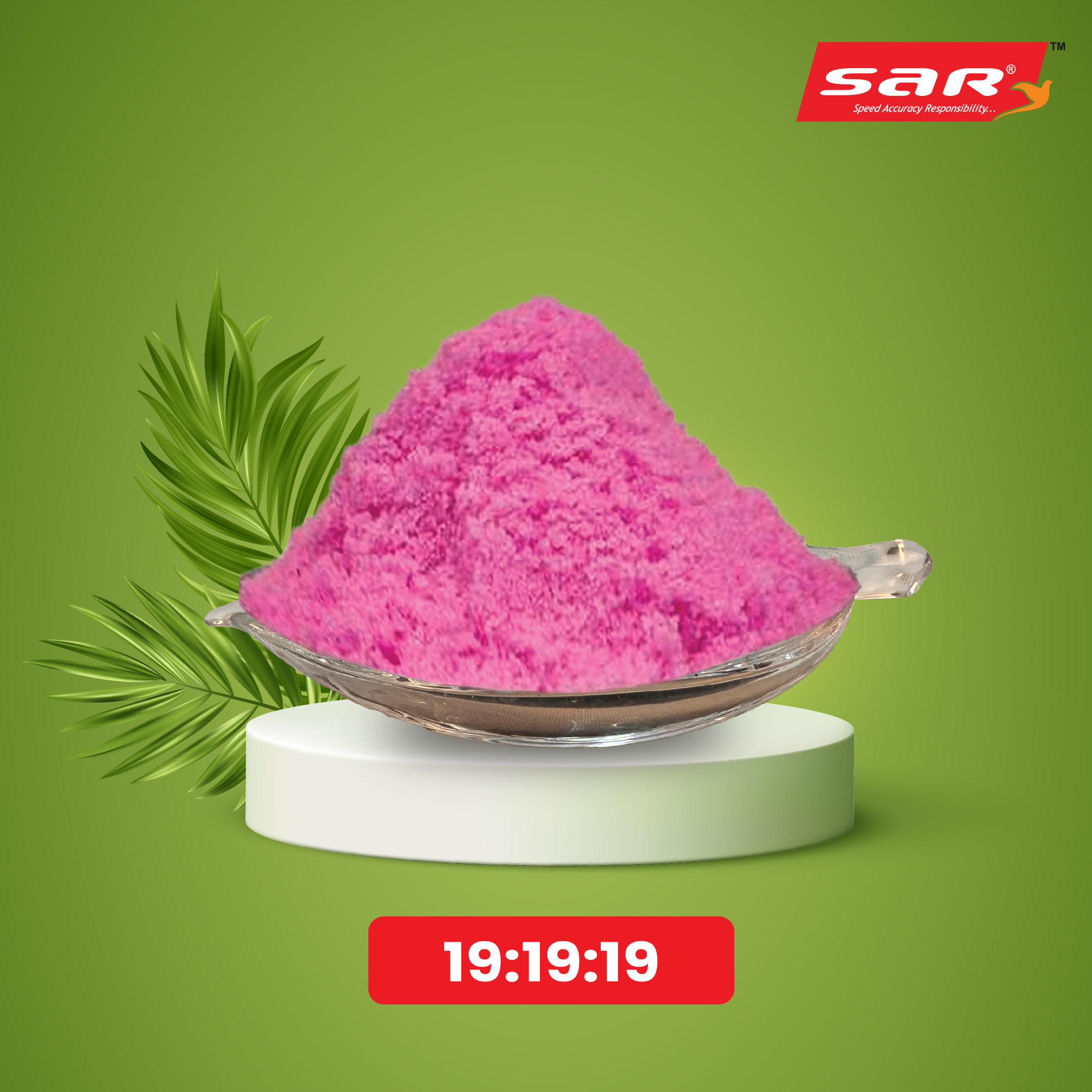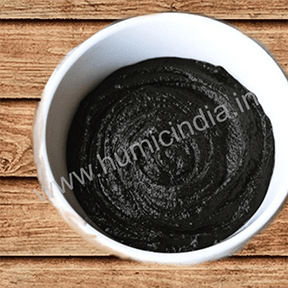 Name Name |
Calcium, Boron, Magnesium EDTA
|
 Description Description |
It is a special micronutrient and secondary nutrient fertilizer mixture that provides plants with three essential elements: Calcium, Boron, Magnesium EDTA. The main feature of this product is that calcium and magnesium are often seen with EDTA (ethylenendiaminetraacetic acid). This chelation process makes a water soluble complex, which prevents nutrients from closing in the soil and provides them more easily for the top of the plant. This combination is especially beneficial for correcting complex shortcomings where there is a lack of many nutrients. |
 Specification Specification |
- Appearance: Typically a white crystalline or fine powder, or a liquid solution/suspension.
- Guaranteed Analysis:
- Calcium (Ca): The percentage can vary, but it is often chelated with EDTA. Typical concentrations can range from 5% to 15%.
- Magnesium (Mg): Also chelated with EDTA. The concentration is commonly between 2% and 8%.
- Boron (B): Usually in the form of boric acid or borax, as it is a non-metallic element and cannot be chelated with EDTA. Concentrations typically range from 1% to 3%.
- Solubility: Formulated to be 100% water-soluble for effective application through various methods.
- pH: The pH of the solution is often formulated to be slightly acidic to neutral to ensure the stability of the chelated nutrients.
|
 Benefits Benefits |
- Better Nutrient Uptake — EDTA chelation of Calcium and Magnesium This keeps these nutrients out of contact with other elements in the soil, (such as phosphorus), which allows them to be soluble which means they can then be absorbed directly into a plant’s roots and leaves very effectively.
- Strengthened Cell Wall-Most of the calcium in plants are found within the cell walls, and it is a critical player in building them up for strength! It enables disease resistance and physical damage tolerance in plants, such as blossom-end rot (in tomatoes) or bitter pit (apples).
- For Reproductive Health: Boron is essential for the growth of pollen tubes and fertilization, ultimately enhancing fruit set and yield. If there is lack of Boron, Fruits and seeds are deformed.
- Photosynthesis and energy production: Chlorophyll is dependent on magnesium, the atom at the centre of its molecular structure. It also participates in the activation of endogenous enzymes that mediate energy transfer, necessary for plant metabolism as a whole.
- Synergistic Protection: The three nutrients operate synergistically. Boron, for instance, is required for calcium movement within the plant and both are critical components in cell walls as well as fruit development. Before we even address anything else, just consider that magnesium is the fuel for energy and sugar (glycos) production that gives the growth processes these other nutrients support, but will not work correctly without.
- Stress Tolerance: This formula of nutrients help the plants cope with stress from different environmental conditions such as heat, cold and drought.
|
 Application Application |
- Method of using Calcium, Boron, Magnesium EDTA: This liquid product is highly versatile and can be used as through foliar sprays, fertigation (drip irrigation) or soil application. Foliar application is often used for its fast response to a diagnosed deficiency.
- Crops: It is largely used among crops, particularly the high-demanding plant species for these nutrients, such as furits ( citruses, grapes and apples), vegetables( tomatoes, peppers and potatoes), legumes.
- Dosage: Dosage of Calcium, Boron, Magnesium EDTA will also vary largely based on the product, crop intended to use it with, soil analysis results and extent of deficiency. Use manufacturer’s recommended rates only
|
 Time Time |
- Application Timing:
- Vegetative Growth: Application during the early stages of growth can help establish a strong plant structure and root system.
- Pre-Flowering and Fruit Set: This is a critical time for applying the product to support pollination, fertilization, and the early development of fruits.
- Mid-Season: Subsequent applications may be needed during the fruiting or bulking stage to maintain nutrient levels and prevent disorders.
- Frequency: Can be a one-time corrective application or part of a regular feeding schedule.
|
 Precaution Precaution |
- Over-application: Be cautious not to over-apply, especially with boron, as a narrow range exists between deficiency and toxicity for this element. Boron toxicity can cause leaf yellowing and necrosis.
- Compatibility: Check the product label or conduct a jar test before tank-mixing with other fertilizers or pesticides to avoid unwanted chemical reactions.
- Safety: Always wear personal protective equipment (PPE) like gloves and safety glasses when handling Calcium, Boron, Magnesium EDTA.
- Storage: Store Calcium, Boron, Magnesium EDTA in a cool, dry, and well-ventilated area, away from direct sunlight and moisture.
|
 Shelf Life Shelf Life |
- For powdered formulations, the shelf life is typically 2 to 5 years under proper storage conditions. Liquid products may have a shorter shelf life, usually 1 to 2 years. Always refer to the expiry date on the packaging.
|
 Packaging Packaging |
- 25 kg crafted bag with liner
- Customizable as per client/manufacturer/trader requirement containers).
|
 Note Note |
Disclaimer – This post contains general information only and does not constitute professional advice. Always read the product label for complete directions, application rates, safety precautions, and storage information. |
 Name
Name Description
Description Specification
Specification Benefits
Benefits Application
Application Time
Time Precaution
Precaution Shelf Life
Shelf Life Packaging
Packaging Note
Note



